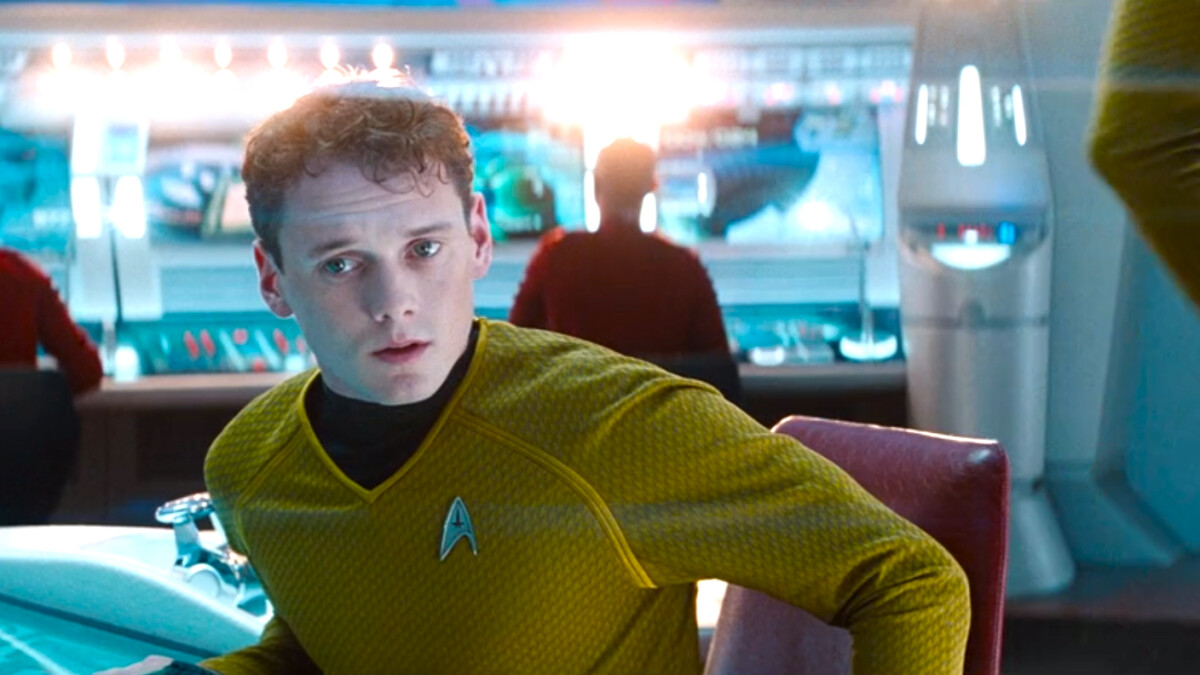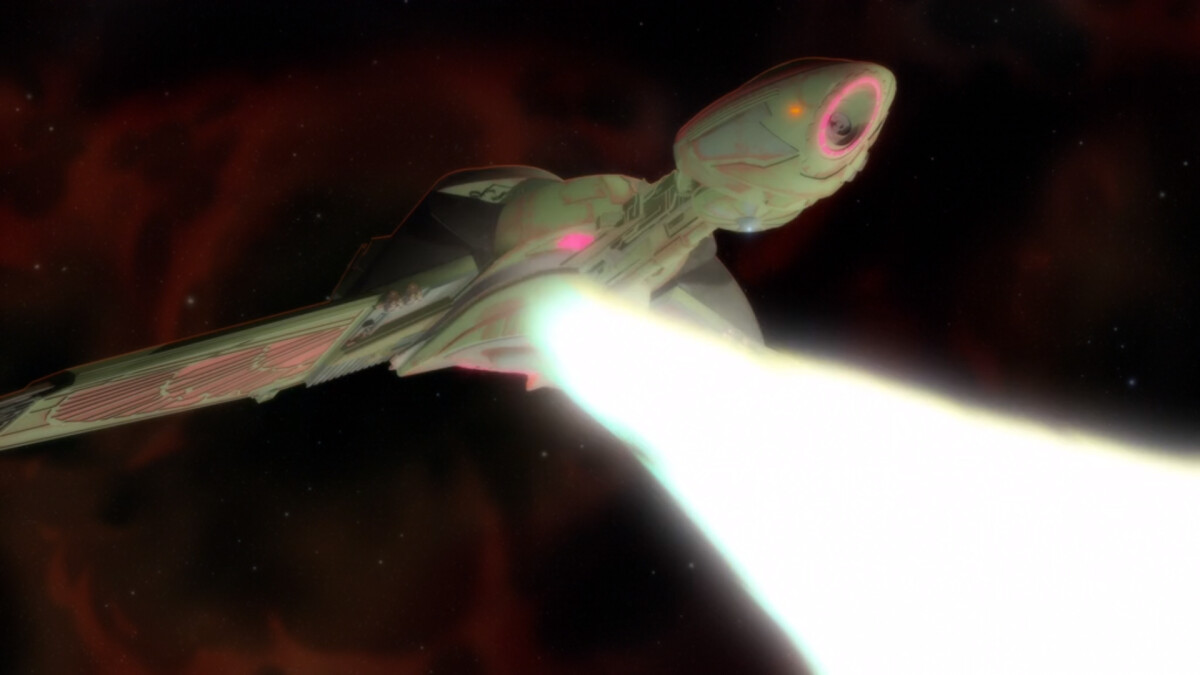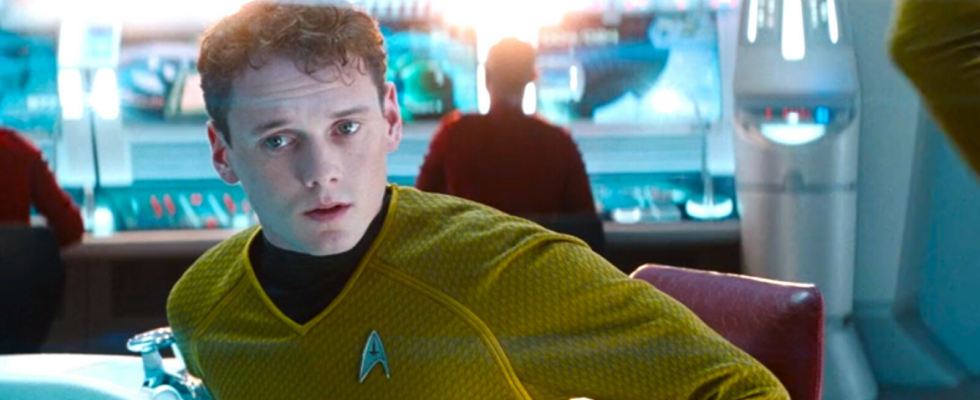In “Star Trek” space heroes like the crew of the Enterprise explore space. But how do they deal with everyday needs such as going to the toilet?

Star Trek Into Darkness: If you suddenly feel pressure and need to get somewhere, where do you go on board the Enterprise? (Source: Paramount Pictures / Paramount+ / Screenshot: Netzwelt)
- Nobody should doubt that spaceships like the USS Enterprise also have toilets.
- The question remains, however, as to how the feces are disposed of in space. After all, they can’t just be thrown into space.
- Starfleet starships have entire systems on board that ensure that all types of waste are broken down and recycled.
In “Star Trek,” the titular spaceship is on a five-year mission. There are a few stops on alien worlds as planned, but you shouldn’t necessarily expect a stop on Earth and a visit to a human space station.
The question naturally arises as to how a certain need is dealt with. What if a spaceship crew member needs to go to the bathroom? How are the feces disposed of? Launching into space is definitely not an option – and we’ll tell you why!
Feces and urine: the perfect bioweapon? Star Trek: Can feces and urine become a weapon against Klingons? (Source: ViacomCBS / Paramount+ / Screenshot: Netzwelt)
The fact that spaceships have toilets is very, very rarely shown in the “Star Trek” universe, but a spaceship without toilets is not an option. For example, there is a toilet right next to the bridge and the single rooms also have bathrooms with showers and toilets.
However, disposal is much more difficult than you might think. While planes on Earth collect feces and then simply empty them after landing and take them to the sewage treatment plant, the Enterprise has no such stop.
However, simply shooting the feces into space is not a good idea either. In purely scientific terms, urine would freeze into small crystals in a vacuum and feces would also turn into hard frozen chunks that would then shoot through space, as astrophysicist Ethan Siegel explains.
If another spaceship were to pass by, a dangerous accident could occur. You might think that a little bit of feces doesn’t make much difference, but firing it out of a hatch or other opening in the spaceship causes the feces to move – and in weightlessness, movement can no longer be stopped.
If this flies towards a spaceship that is also flying at high speed, a “bit” of frozen urine can cause considerable damage. This would mean that Starfleet would trip itself up or even risk war with other nations if it turned out that a Klingon Bird of Prey was destroyed by a collision with Federation feces.
While spaceships have deflector shields designed to protect them from smaller space particles or asteroids, these are not very strong. Unless reinforced by an alarm, the shields are only there to protect against minor impacts. The extent to which frozen feces can penetrate the shields is up to the imagination of everyone watching, because here fact and fiction blur.
An entire ecosystem aboard the Enterprise
When a spacecraft is in space for five years, it is not only important to dispose of the feces, but also to remember to feed the crew. In order to avoid wasting anything, every Starfleet starship has an entire ecosystem built into it that helps to recycle, reuse and reuse.
The urine is cleaned, as is the shower water. The remaining waste is treated like garbage on earth and separated. The systems then decide what can be recycled and what needs to be chemically or otherwise treated. These processes are documented in the technical manual of “Star Trek: The Next Century”.
What needs to be decomposed is dematerialized by a replicator. Waste that cannot be dematerialized is disposed of in space docks during stopovers, while food supplies are also replenished.
How do the toilets work in real space travel?
In actual space travel, NASA stores the feces in canisters, some of which are returned to Earth and examined. However, the majority is loaded into a smaller “ship”, which is undocked upon re-entry into the atmosphere and burned up due to its small size.
If there is no artificial gravity, a device is used that sucks in the feces through a draft. Therefore there are no conventional toilets.
“Star Trek” often relies on actual scientific concepts. Learn how beaming and warp drive work. We also list all new “Star Trek” releases for you!
| Rate Star Trek: Strange New Worlds | |
| genre | Sci-Fi & Fantasy |
| First broadcast | May 5, 2022 |
| First broadcast in Germany | October 8, 2021 |
| Homepage | paramountplus.com |
| Other sources | |
| Networks | CBS All Access, Paramount+ |
production | CBS Television Studios, Roddenberry Entertainment, Secret Hideout, Weed Road Pictures, HMRX Productions |
| Squadrons |
Don’t miss anything with this NETWORK WORLDNewsletter
Every Friday: The most informative and entertaining summary from the world of technology!
This page was created with data from Amazon, Netflix, MagentaTV, Sky Online, iTunes, The Movie Database, Fanart.tv, Warner Home Entertainment, Sony Home Entertainment or the respective production studios and/or publishers. If you have any errors or problems, please use the contact form.
